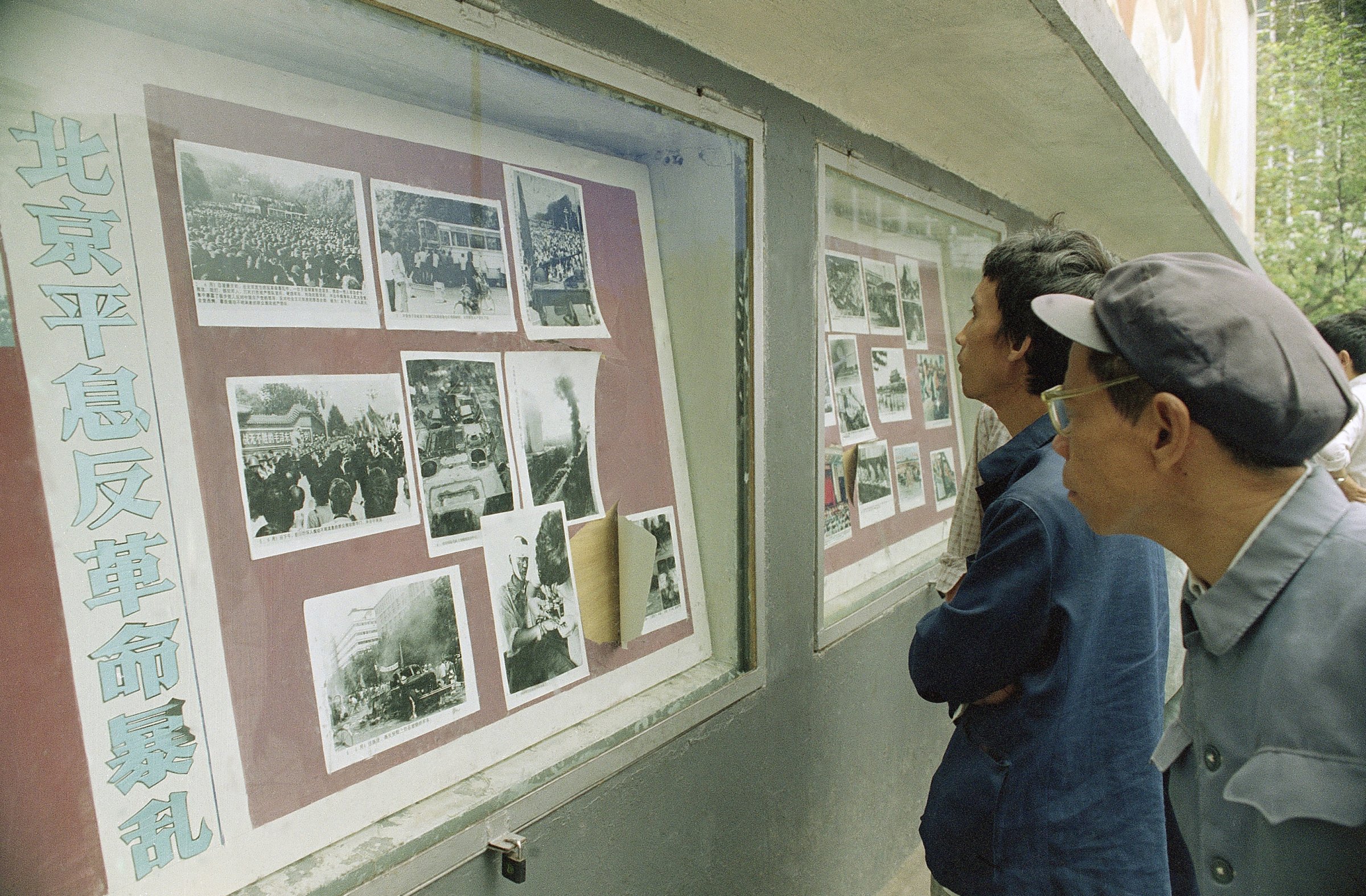
On June 4, 1989, China’s Communist Party unleashed the People’s Liberation Army on protesters camped in and around Beijing’s Tiananmen Square to quell a seven-week-long pro-democracy movement. In one of the nation’s bloodiest crackdowns, hundreds, if not thousands, of people were killed in what today is simply called “Tiananmen.”
But while Beijing was the best-known and, in the end, deadliest protest, it was only one of many similar protests that stretched across China. Sizable occupations were held in around 20 cities and they too were brutally suppressed.
One such place is Chengdu, the capital of China’s Sichuan province, and according to Chinese University of Hong Kong professor Willy Lam, “a center for protests.”
In the heart of Chengdu, a 30-m-tall statue of Mao Zedong, his arm outstretched, towers over Tianfu Square. Beneath it, the people of Chengdu staged sit-ins and hunger strikes after former reformist Communist Party general secretary Hu Yaobang died on April 15, 1989.
After weeks of relatively peaceful protests, the square was cleared on June 4, 1989. Journalist Louisa Lim, author of The People’s Republic of Amnesia, a study on the impact of the Tiananmen protests that includes a lengthy account of what took place in Chengdu, says that only an estimated 300 protesters were left in the square and most of them voluntarily left when the police arrived. Trouble began, however, when news of the massacre in Beijing trickled into Chengdu. Then crowds swelled and protesters, fully aware of the danger they were putting themselves in, took to the streets holding banners that read: “We are not afraid of death.”
Street fights erupted, and, over the course of June 4, June 5 and June 6, turned into riots. Protesters stormed the gates and ransacked the Jinjiang Hotel, about 1.5 km from the main square, after which “the police rounded up about 70 protesters and began to beat them brutally in front of guests,” Lim tells TIME. Vehicles were set on fire and eventually a major market in the city was razed (which would later be used by Communist propaganda to discredit the protesters).
In total, official Chinese sources say eight people were killed and 1,800 people were injured, but according to conservative estimates from a U.S. diplomatic cable, the Los Angeles Times and an Amnesty International report from Sept. 19, 1990, around 30 people died in the clashes. Others, including Western eyewitnesses, put the estimate as high as 400, and Lim says, protesters even christened the area “Little Tiananmen.”
It is highly unlikely the truth will ever be known. Chengdu and other similar regional protests have been essentially wiped from the Chinese public’s consciousness. Even outside of China, most people are not aware of them.
“I think what happened was the Chinese government didn’t try to censor immediately, instead what they tried to do was control the narrative,” Lim tells TIME, “They did this by releasing a huge amount of propaganda. They didn’t try to erase the information. They tried to fill it.”
She added: “One of the only things that remains is the propaganda.”
What also survives is a remarkable eyewitness account to the events in Chengdu, written in the form of a letter to the editor of the New York Times by Karl Hutterer, then professor of anthropology at the University of Michigan, Ann Arbor. He had landed in Chengdu on June 2, 1989, on an academic visit. “By the time I left on Wednesday, June 7, there was a consensus that from 300 to 400 people had been killed and upward of 1,000 wounded,” he wrote.
A passage from Hutterer’s letter gives a vivid glimpse of the horror that took place:
The clear object of the intervention was not simply to control the demonstrators: even after having fallen to the ground, victims continued to be beaten and were stomped on by troops; hospitals were ordered not to accept wounded students (at least in one hospital some employees were arrested for defying the order), and on the second night of the attack the police prevented ambulances from functioning.
What took place in Chengdu is something that he will never forget. “When things developed in Chengdu, I was shocked to the very core of my personality,” he tells TIME today. “After so many years I am able to reflect calmly, but for many years I couldn’t talk about it without becoming emotional, even my eyes tearing up.” Twenty-six years later, it is time for Chengdu, and the other Chinese democracy protests of 1989, to take their rightful place alongside Tiananmen in the annual June 4 commemorations.
More Must-Reads from TIME
- Donald Trump Is TIME's 2024 Person of the Year
- Why We Chose Trump as Person of the Year
- Is Intermittent Fasting Good or Bad for You?
- The 100 Must-Read Books of 2024
- The 20 Best Christmas TV Episodes
- Column: If Optimism Feels Ridiculous Now, Try Hope
- The Future of Climate Action Is Trade Policy
- Merle Bombardieri Is Helping People Make the Baby Decision
Contact us at letters@time.com